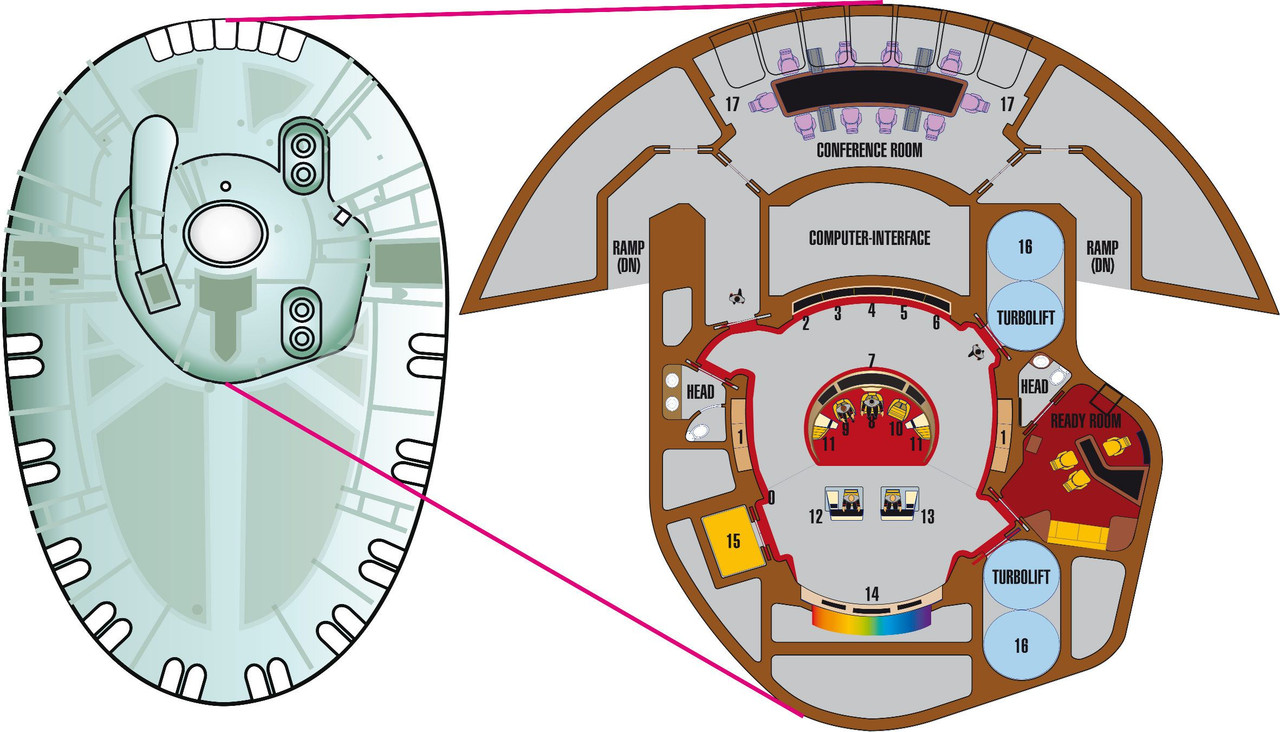I have been thinking about this for quite some time.
People forget Nomad. Nomad was launched in 2002...
By 2053, Independent Logic Computer Systems were quite perfected. This means that the Bonaventure was designed by an Independent Logic Computer. Or computers, depending upon whether the level of importance was critical. I say that if the Kzinti were an issue, then very critical. However, since, in reality we now know that Independent Logic Computer Systems can hallucinate, verification is a must! Therefore rather than a triple redundant system, the prime number of computers in this case, was higher than normal, far higher. But why a Prime number? Because if what a Prime Number is. Verification was the prime requirement. As absolute as possible.
The resulting design was thought to be an actual major hallucination.
It wasn't.
It worked very well indeed, but no human understood why...
This is the the Enterprise, Constitution class looks like the Bonaventure. Before this, was the Leif Ericson class of 2075. A much more human designed ship, than the Bonaventure was. The major problem with the Bonaventure and other warp ships of that first era, was under strength Impulse drives. Most ships after the Bonaventure met, with human stupidity quite quickly. They worked after a fashion, but not as well as they could have.
A case study in point, by 2120, when the initial work began on what became, the Durance class Cargo-Tug, the mission was what was important, but by this time star travel was basically perfected. Deflector screens, materializers, and so on ( since before 2100 A. D., But not much before (Geoffrey Mandel's History of the Federation).
Things progressed. Peak speeds of 320c were ever more rapidly attained. And longer and longer times out, requiring better and better suspended animation units just to get out far enough to profit...
It was then, before the Earth-Romulan war that Christopher Pike began his career. He spent most of his time in suspended animation, very rarely awake. As the launching of the S. S. Columbia approached, the limits of Complex Impulse power were more than a bit obvious. Complex Impulse Power can be seen on the original S. S. Aurora it's funny nacelles. Or rather, its Complex nacelles. Complex Impulse Power, has devices added to improve capability, and use the simplerer Ion Power, for power rather than Fusion power. Ion Power is the spiking of heavy Hydrogen by antimatter, very small amounts there of. The advantage is that the power output, is highly controllable in nature, but at the high end of the power output, requires extra heat sinks. While high time warp factors are possible, such as time warp factor seven, time to attain the 320c, is still long.
Why?
To put it, simply: the rocket equation.
To expand: at a time warp factor of one, it takes radical 320 light-years to attain this "velocity ". Time warp factors are the equivalent to acceleration in gs. Such that at a time warp factor of seven achieving radical 320c is less than a light-year. By which time it is up to 320c. The square root of 320 divided by 343...
Three hundred and twenty times light-speed equivalent is a stable zone.
When the time barrier was broken, it was broken by the USS Kitty Hawk class ship, which went back to the beginning to find the sweet spot of the Bonaventure. But the problem now was 6400c light-speed equivalent. Far, far faster than before. Most ships of the Kitty Hawk class were doing active self defense of the Federation, because of the Klingons. The problem with the Kitty Hawk class was that it had comparatively short legs while warp accelerating to to 6400c. The successful breaking of the time barrier resulted in far more complex space warp units than ever before, meaning that they had a higher maintenance requirement than before, they also required a 'cracked form of Lithium, in order to operate properly. This cracked form, later called Dilithium, could only last initially for fifty hours per set up, far short of expectations. Which resulted in the carrying of large quantities of cracked Lithium. This was a problem, because of the time it took to cracked Lithium. By the time of Captain Kirk, there were multiple Cracking Stations in and around the Federation. Such that at any one time, there was enough being produced ( taking twenty years per station to build up the required amount) that the discovery of natural occurring "Cracked Lithium ", drastically reduced the requirements for the Cracking Stations. Furthermore the natural lasted about 2500 hours, before needing replacement.
A further change occurred when a young Doctor of Computer Science, showed that the distributed computer system architecture wasn't doing the required job effectively, because too much time was being used in the required communication by the multiple CPUs. Furthermore, due to required performance requirements of the space warp drives - even with complex Impulse power, one could say "especially ", it just wasn't getting the job done, in a timely basis.
Dr. Daystrom 's solution was to scrap the old architecture completely and reintroduce the 'Mainframe ' Computer.
A Mainframe Computer has typically a 32 bit word length, and is designed for throughput, massive throughput. This Duotronic system was a master work of design.
For Starships, it meant a greater simplification of the entire Computer system aboard a Starship. Furthermore overclocking wasn't required as much, if at all. As to the addressing issue, this was handled in the old way, pagging.
A typical Duotronic installation onboard a a new Constitution class starship, had multiple peripheral sub processors to 'handle ' reflex actions.
The founding issue of Duotronics was that it would perform each operation, exactly twice to double check. Meaning that the results in real-time are for certain.
Doctor Daystrom won his awards honestly and righteously. He obeyed the ancient words of advice: 'Keep It Simple Stupid' - K. I. S. S.




